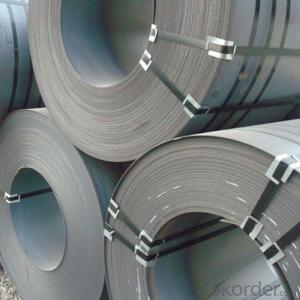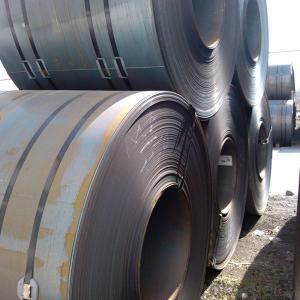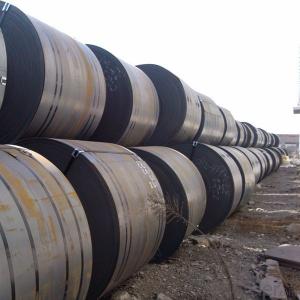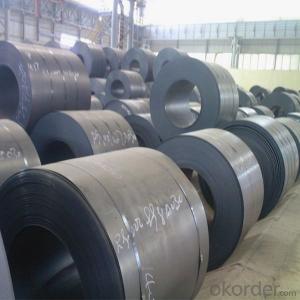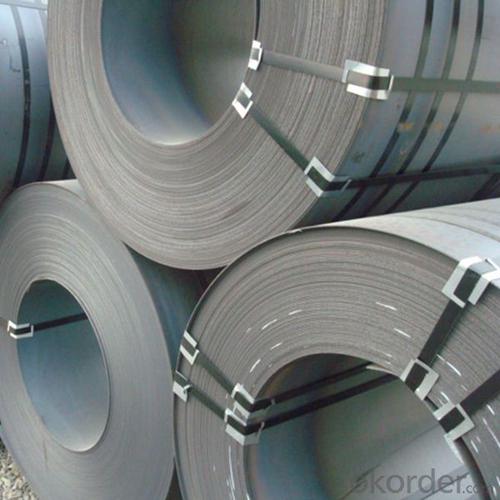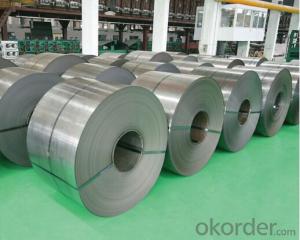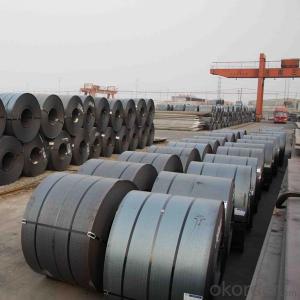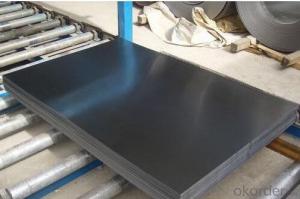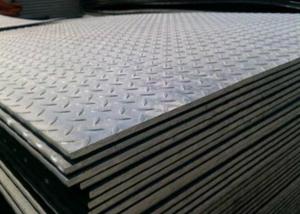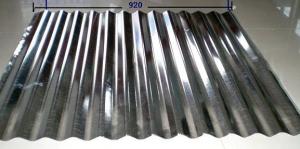Cold Rolled Plate Steel,High Quality 2016,Steel Coils from China
- Loading Port:
- Tianjin
- Payment Terms:
- TT OR LC
- Min Order Qty:
- 20 m.t.
- Supply Capability:
- 500 m.t./month
OKorder Service Pledge
OKorder Financial Service
You Might Also Like
Specification
DESCRIPTION FOR SS400 CARBON STEEL SHEET
1.Thickness: 1-200mm
2.Width: 100-3000mm
3.Length: 1000-12000mm
4. Applications :mining machinery, environmental protection, engineering
5. Grade:SS400 A 36 Q195.Q235.Q345.SPCC.SPCH
6.Surface : Hot Rolled Cold Rolled Galvanized Steel
DETAILS:
Thickness | 0.5-100mm |
Width | 1250mm,1500mm,1800mm,2000mm.,2500mm or as required |
Length | 2000-12000mm |
Standard | AISI, ASTM, BS, DIN, GB, JIS |
Material | A36,SS400,SPCC,SPHC, Q195, Q 235,Q345 |
Tehnique | Hot rolled;cold rolled |
Payment | TT ,L/C |
Packing | Standard seaworthy packing or as required |
Market | Mild east, North/South America, Europe, Asia,Africa etc |
Certificate | BV,SGS,MTC |
Delivery time | 30-45days after confirming the order |
PACKING:
1.Big thickness:by bulk vessel
2.Small thickness:packed by steel strips and shipped by container
3.According to the requirements of customers'
TRADE TERMS :FOB, CFR, CIF
FEATURES OF STEEL COILS
(1)Good ductility
(2)Good corrosion resistance
(3)Excellent abrasion resistance and fatigue strength
(4)Good weldability
(5)Oxidation resistant performance
(6)Excellent in high temperature
PAYMENT&DELIVERY FOR STEEL COILS/SHEETS
Payment Terms | 100% LC at sight,or 30%TT in advance, balance against B/L copy |
Delivery Time | With 30-40 days after deposit |
Price Terms | Ex-Work, FOB, CNF, CFR, CIF,etc |
DETAILED PICTURES FOR STEEL COILS



OUR SERVICE
1.High quanlity and reasonable price.
2.Customized on-demand.
3.Reasonable shipping and fast delivery.
4.Free sample.
FAQ
Q:How to order?
A: Please send us your purchase order by email or fax .or you can ask us to send you a proforma invoice for your order .We need to know the following information for your order.
1) Shipping information-company name, street address, phone number, fax number, destination sea port
2) Product information – Quantity, Specification (steel type, thickness, width, surface finish)
3) Delivery time required
4) Forwarder's contact details if there's any in China
FAQ
Q:What are the advantages of your company ?
A: We have many professionals, technical personnel, more competitive prices and best after-dales service than other steel companies.
Q:Can you arrange the shipment ?
A: Sure we can help you with the shipment. We have forwarders who have cooperated with us for many years.
- Q: What is the difference between hard steel plate and soft steel plate?
- Pre hardened steel: 1. pre hardened steel prehardened is to supply, without heat treatment, but sometimes need to be modified by forging, die forging must be carried out after heat treatment.The pre heat treatment, 2. commonly used pre hardened steel ball annealing is designed to eliminate the forging stress, spheroidal pearlite, uniform hardness, improve the plasticity and improve the performance of extrusion die cutting performance or cold.3. pre hardened steel pre hardening process is simple, most of the quenching and tempering after quenching and tempering, tempering sorbite. High temperature tempering temperature range is wide, can meet the mold hardness requirements of various work. Because of this kind of steel hardenability is good, can be used when quenching oil cooling and air cooling or nitrate quenching.
- Q: What are the different types of finishes available for steel sheets?
- There are several different types of finishes available for steel sheets, each offering unique properties and aesthetic appeal. Some of the most common finishes include: 1. Mill Finish: This is the standard finish that is achieved after the steel sheet has been manufactured. It has a rough, dull appearance, typically with visible surface imperfections. 2. Hot Rolled Finish: This finish is achieved by subjecting the steel sheet to high temperatures during the manufacturing process, resulting in a scaly, rough surface. It is commonly used for structural applications where appearance is not a primary concern. 3. Cold Rolled Finish: This finish is achieved by cold rolling the steel sheet, which smooths out the surface and creates a clean, matte appearance. It is commonly used for applications that require a smooth and uniform surface, such as automotive panels or appliances. 4. Galvanized Finish: This finish is achieved by applying a layer of zinc to the steel sheet through a process called galvanization. It provides excellent corrosion resistance and is commonly used in outdoor applications, such as roofing or fencing. 5. Electroplated Finish: This finish is achieved by electroplating a thin layer of metal, such as chromium or nickel, onto the steel sheet. It provides enhanced corrosion resistance, improved aesthetics, and can be available in various colors. 6. Powder-Coated Finish: This finish involves applying a dry powder coating onto the steel sheet and then curing it with heat. It provides a durable and attractive finish, with various color options available. Powder coating also offers excellent corrosion resistance. 7. Brushed Finish: This finish is achieved by brushing the surface of the steel sheet with an abrasive material, creating a distinctive brushed pattern. It is commonly used for decorative applications, such as architectural elements or kitchen appliances. 8. Polished Finish: This finish involves polishing the steel sheet to create a smooth and reflective surface. It is commonly used for decorative applications that require a high level of aesthetics, such as ornamental pieces or jewelry. Overall, the choice of finish for steel sheets depends on the specific requirements of the application, including factors such as durability, corrosion resistance, aesthetics, and cost.
- Q: Are steel sheets suitable for railway track construction?
- Steel sheets are indeed suitable for constructing railway tracks. The reason lies in the exceptional durability and strength of steel as a material, which makes it perfect for withstanding the heavy loads and constant traffic of trains. Railway tracks often utilize steel sheets as the foundation, providing a stable base for the rails and ensuring reliability and stability. Furthermore, steel possesses remarkable resistance to wear, corrosion, and deformation, which are vital factors in maintaining the long-term performance of railway tracks. Its high strength-to-weight ratio also allows for lighter track structures and reduces the need for frequent maintenance. All in all, steel sheets are a favored option in railway track construction due to their robustness, longevity, and cost-effectiveness.
- Q: What's the density of the 0.5 color steel plate?
- The traditional coating is divided into several categories, the most high-grade is fluorocarbon coating, almost 20 years of anti-corrosion. Generally from the steel mill to reel in the form of distribution to all parts.
- Q: What's the good way to connect two Q235 steel bolts? Why?
- The two scheme should be avoided by 1 reasons, is not easy to locate; 2, the mechanical strength is lower than that of Q235 steel plate bolt, bolt if 8.8 or 10.9 has no significance; 3, time is in low efficiency and tap plate fees, high production cost. Only when the space of the tightening nut is not enough can the connection mode of the steel plate upside screw thread be adopted.
- Q: How can steel sheets be protected from rusting?
- Steel sheets can be protected from rusting by applying a protective coating such as paint, galvanizing, or using corrosion-resistant alloys. Regular maintenance, including cleaning and lubricating, can also help prevent rust formation on steel sheets.
- Q: Are the steel sheets resistant to chemicals?
- Yes, steel sheets are generally resistant to chemicals due to their inherent durability and corrosion-resistant properties. However, the specific resistance can vary depending on the type of chemical and the grade of steel used. It is advisable to consult with manufacturers or experts to determine the suitability of steel sheets for specific chemical applications.
- Q: Can steel sheets be used in telecommunications applications?
- Yes, steel sheets can be used in telecommunications applications. Steel sheets are commonly used for the fabrication of telecom cabinets, enclosures, and equipment racks. They provide durability, strength, and electromagnetic shielding properties, making them suitable for protecting telecommunications equipment and infrastructure.
- Q: Are steel sheets suitable for architectural cladding?
- Yes, steel sheets are suitable for architectural cladding. Steel is a durable and versatile material that offers a range of benefits for cladding applications. Its strength and rigidity make it capable of withstanding harsh weather conditions, including strong winds, heavy rain, and snow. This durability ensures that the cladding will last for many years without requiring frequent maintenance or replacement. In addition to its durability, steel sheets provide a sleek and modern aesthetic to buildings. They can be finished in various ways, including painting, powder coating, or applying a metallic finish, allowing for endless design possibilities. Steel cladding can be used to achieve a contemporary or industrial look, making it a popular choice for commercial and residential buildings alike. Steel sheets are also highly resistant to fire, pests, and rot, making them a safe and long-lasting choice for cladding. They are also relatively lightweight, which can help reduce construction costs and make installation easier. Furthermore, steel is an environmentally friendly material. It is recyclable, making it a sustainable choice for cladding. Steel cladding can also help improve energy efficiency by providing better insulation and reducing heat transfer, resulting in lower energy consumption for heating and cooling. Overall, steel sheets are a suitable option for architectural cladding due to their durability, aesthetic appeal, safety features, sustainability, and energy efficiency benefits.
- Q: What is the typical price difference between galvanized and non-galvanized steel sheets?
- The typical price difference between galvanized and non-galvanized steel sheets can vary depending on factors such as size, thickness, and market conditions. However, in general, galvanized steel sheets tend to be more expensive than non-galvanized ones, typically costing around 10-20% more.
Send your message to us
Cold Rolled Plate Steel,High Quality 2016,Steel Coils from China
- Loading Port:
- Tianjin
- Payment Terms:
- TT OR LC
- Min Order Qty:
- 20 m.t.
- Supply Capability:
- 500 m.t./month
OKorder Service Pledge
OKorder Financial Service
Similar products
Hot products
Hot Searches
Related keywords
